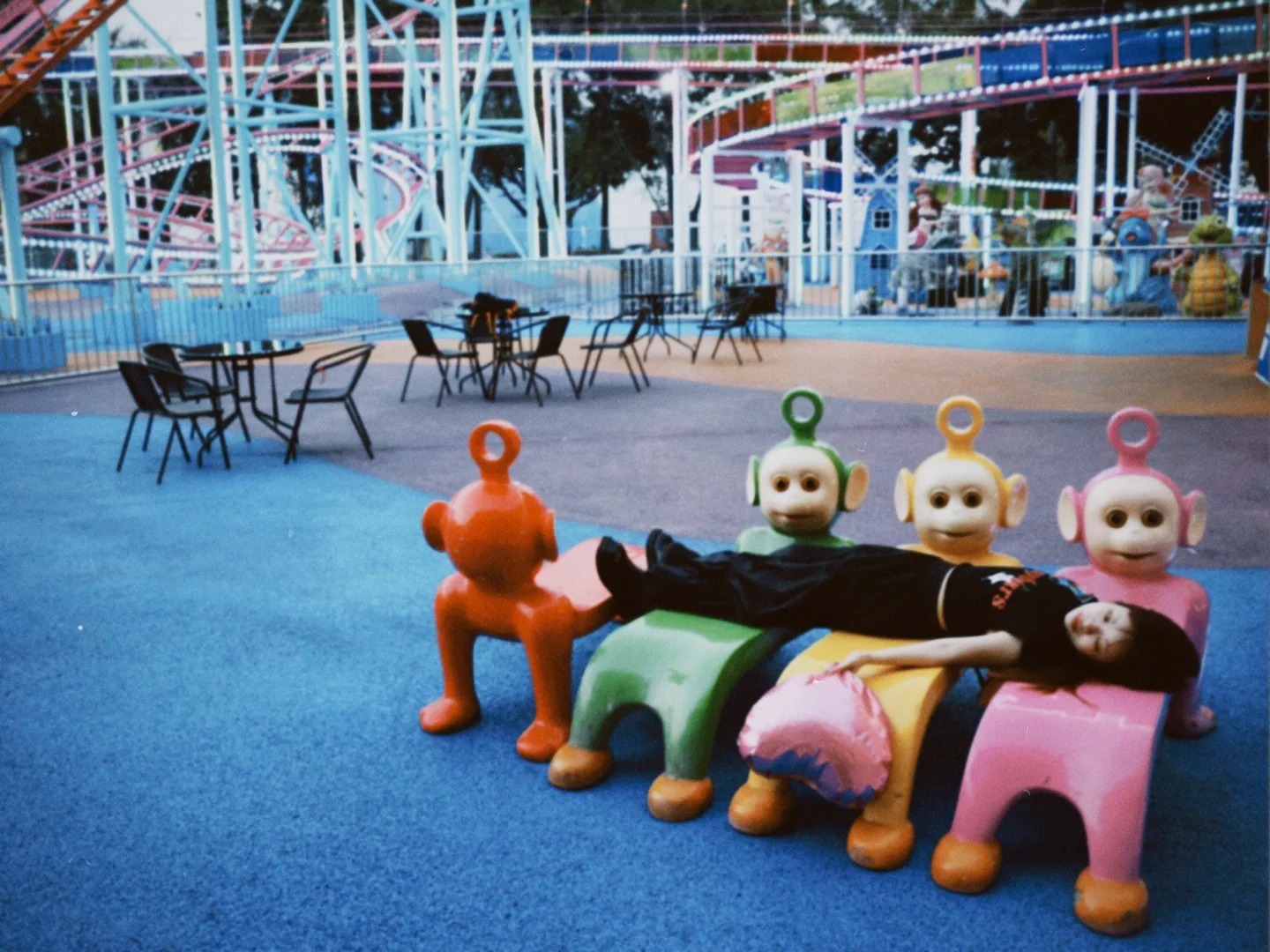
A version of this article previously appeared on TechNode.
A Chinese video creator on Bilibili recently built a 3D virtual museum featuring popular Chinese internet memes from the past 20 years. The museum is accessible on VRChat with VR headsets or on PCs.
Siji, the museum founder, said he set out to create a virtual institution to expose ordinary Chinese people to the metaverse concept and help them understand the next iteration of the internet. He built the museum around memes due to their broad accessibility and popularity among Chinese internet users.
“The museum is not only for entertainment. It’s also an exploration of future online consumption trends,” Siji wrote in the opening dedication for the virtual museum, which took Siji, his friends, and volunteers three months to build.
The project has seven sections arranged chronologically to showcase 20 years of Chinese internet memes. They comprise the photo-heavy memes of the early 2000s, video-focused memes of the 2010s, and memes in a variety of formats from the last 10 years.
The collections on display take the form of pictures, text descriptions, and immersive 3D demonstrations that ‘restore’ some famous memes.
One of the first items in the collection is a desktop computer from the ’90s running on Microsoft Windows 95, a highly recognizable symbol to the first generation of Chinese internet users.
The museum also features some memes that originated in English-speaking cultures and made their way to China, such as Rickrolling. The museum presents a localized version — ‘Gotcha’ (‘pian dao ni le’ in Chinese) — by displaying an image that, in classic Rickrolling style, plays pop star Rick Astley’s hit ‘Never Gonna Give You Up’ when a user clicks on it.

Another memorable meme in the museum’s collection is ‘Are you ok?’ This meme traces its roots back to 2015 and was born out of Xiaomi CEO Lei Jun’s idiosyncratic phrasing during an English-language speech in India. Lei’s word choice triggered widespread amusement among Chinese internet users at the time and led creators on Bilibili to create a host of video memes.
One of the main videos that helped spark the outpouring of Lei Jun memes now has over 41 million views on the Chinese video platform Bilibili. Xiaomi ultimately embraced the meme, even using it as a kind of slogan in the brand’s marketing.
Although the memes museum is built on VRChat, it first gained traction on Bilibili. An introduction video to the museum already has more than 655,000 views on the video streaming site.
Bilibili is popular with Chinese youth and has been a fertile breeding ground for internet memes due to its large fanbase of animation, comics, and gaming enthusiasts. Many of the memes from the museum originated from Bilibili and subsequently spread across the Chinese internet.
Cover image: screengrab via YouTube
















